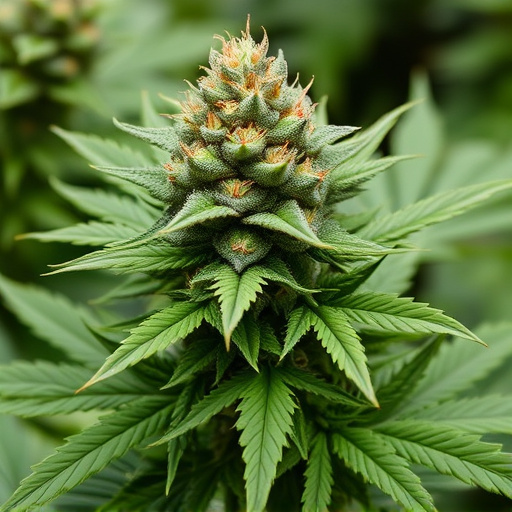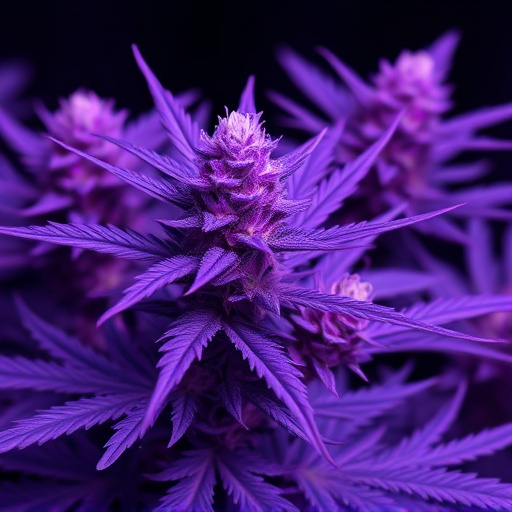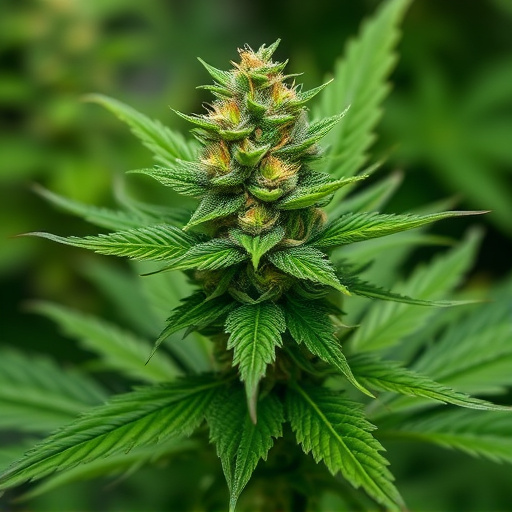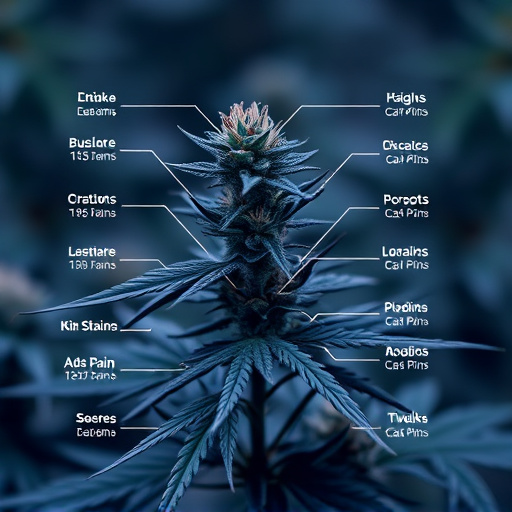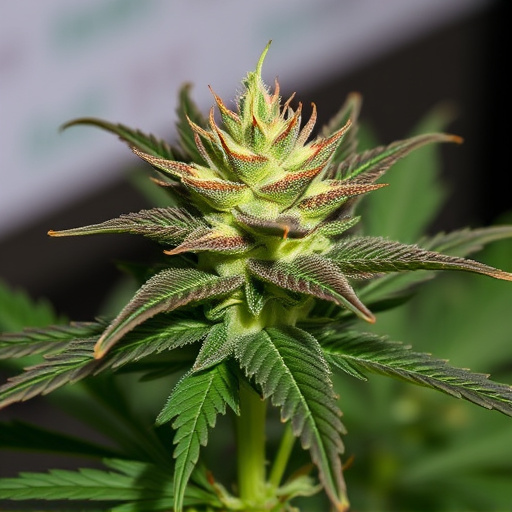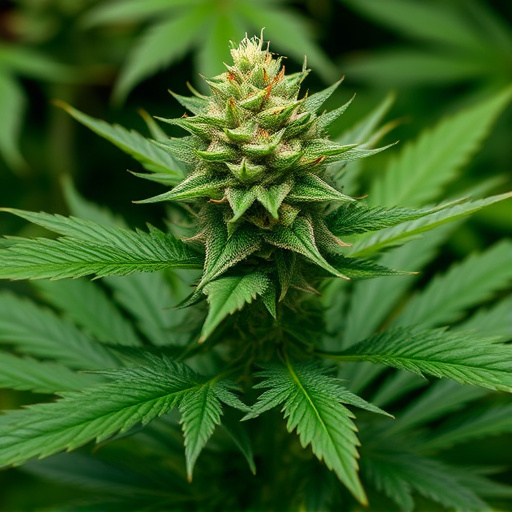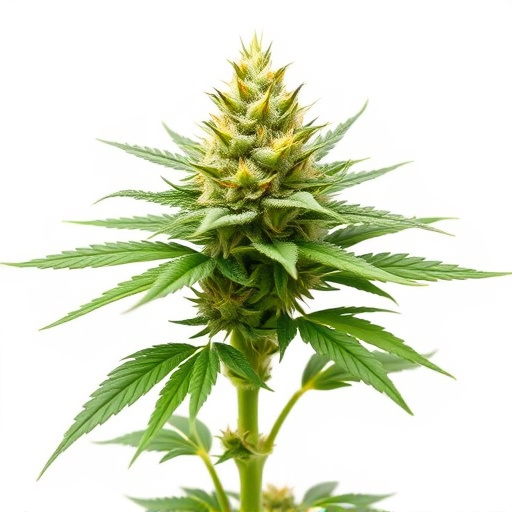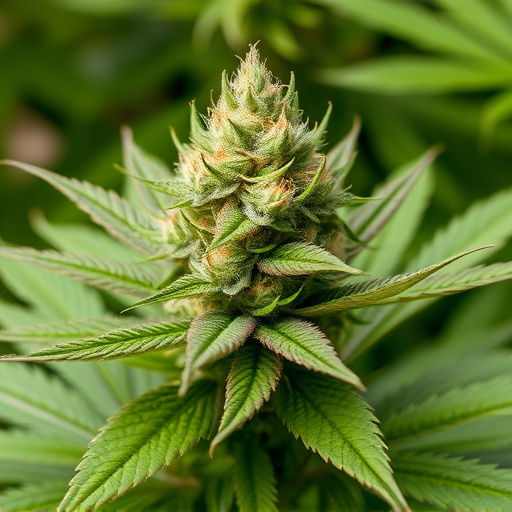The best medical cannabis strains, tailored to individual needs, offer effective pain management through compounds like THC and CBD that interact with the body's endocannabinoid system. High-THC strains provide quick analgesia, while high-CBD varieties alleviate chronic and neuropathic pain without a 'high'. Terpenes enhance cannabinoids' therapeutic effects; understanding these profiles allows patients to select optimal best medical cannabis strains for specific pain conditions, leading to improved quality of life.
Cannabis flowers have gained attention as a potential natural remedy for pain management. This article delves into the science behind cannabis and its ability to alleviate discomfort, exploring how its active compounds interact with the body’s endocannabinoid system. We review the growing body of scientific evidence supporting its use in pain therapy. Additionally, we guide readers on selecting the best medical cannabis strains tailored for pain relief, offering insights to ensure effective and safe treatment.
- Understanding Cannabis Flowers and Their Active Compounds
- Scientific Evidence of Cannabis for Pain Management
- Choosing the Best Medical Cannabis Strains for Pain Relief
Understanding Cannabis Flowers and Their Active Compounds

Cannabis flowers, also known as bud, are the most recognizable and sought-after part of the cannabis plant for many reasons, including their therapeutic potential. These delicate blooms are rich in a diverse range of chemical compounds that contribute to their unique effects on the human body. The primary active compounds in cannabis include tetrahydrocannabinol (THC) and cannabidiol (CBD), each with distinct properties. THC is responsible for the plant’s psychoactive effects, inducing feelings of relaxation, euphoria, and pain relief. On the other hand, CBD doesn’t produce a ‘high’ but offers anti-inflammatory and analgesic benefits, making it a popular choice among users seeking pain management without mind-altering effects.
The best medical cannabis strains are often bred specifically to maximize these active compounds, catering to diverse patient needs. For instance, high-CBD strains can be ideal for managing chronic pain, anxiety, or epilepsy without the cognitive impairment associated with THC. Conversely, balanced or high-THC strains may be more suitable for severe pain conditions where relaxation and mood enhancement are desirable effects. Understanding the interplay between these compounds is key to selecting the most effective best medical cannabis strains for individual therapeutic needs.
Scientific Evidence of Cannabis for Pain Management
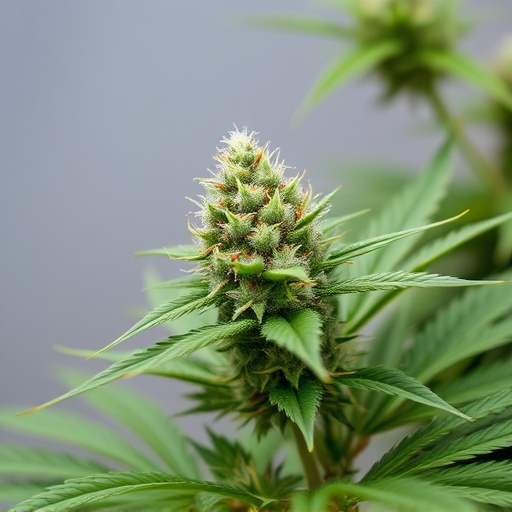
The scientific community has increasingly recognized the potential of cannabis in pain management, with numerous studies highlighting its effectiveness as an alternative therapy. Research suggests that certain best medical cannabis strains contain compounds, notably cannabidiol (CBD) and tetrahydrocannabinol (THC), which interact with the body’s endocannabinoid system to reduce pain perception. These compounds mimic the effects of natural endocannabinoids produced by our bodies, binding to receptors in the central and peripheral nervous systems to modulate pain signals.
Several clinical trials have demonstrated promising results in using cannabis for various types of pain conditions, including neuropathic pain, chronic pain, and post-operative pain. For instance, a study published in Pain Medicine found that patients who used medical cannabis reported significant reductions in pain intensity and improvements in quality of life compared to those on traditional pharmacological treatments. Additionally, the growing body of preclinical research indicates that specific cannabinoids may also have anti-inflammatory properties, further contributing to their analgesic effects.
Choosing the Best Medical Cannabis Strains for Pain Relief

When exploring cannabis as a pain management tool, selecting the appropriate strain is paramount. The best medical cannabis strains for pain relief often contain high levels of cannabinoids like THC and CBD, which interact with the body’s endocannabinoid system to reduce inflammation and alleviate discomfort. For acute pain, strains with higher THC concentrations may be beneficial due to its powerful analgesic properties. Chronic or neuropathic pain conditions might respond better to CBD-rich varieties, as this non-intoxicating compound has anti-inflammatory and neuroprotective effects.
Additionally, terpenes—aromatic compounds in cannabis—play a crucial role in strain selection. Certain terpenes like linalool, known for its calming properties, and myrcene, which is thought to aid sleep and reduce inflammation, can enhance the therapeutic effect of cannabinoids. Exploring different best medical cannabis strains and understanding their unique cannabinoid and terpene profiles will help individuals tailor their treatment to specific pain needs, ensuring optimal relief and a more comfortable lifestyle.
Cannabis flowers offer a promising natural approach to pain management, backed by growing scientific evidence. Understanding the unique active compounds within different cannabis strains is key to selecting the best medical cannabis strains for individual needs. By choosing the right variety and method of consumption, individuals can experience potential pain relief while navigating their treatment options in this evolving field. The science behind cannabis and its ability to alleviate pain continues to grow, providing hope for those seeking alternative therapies.
